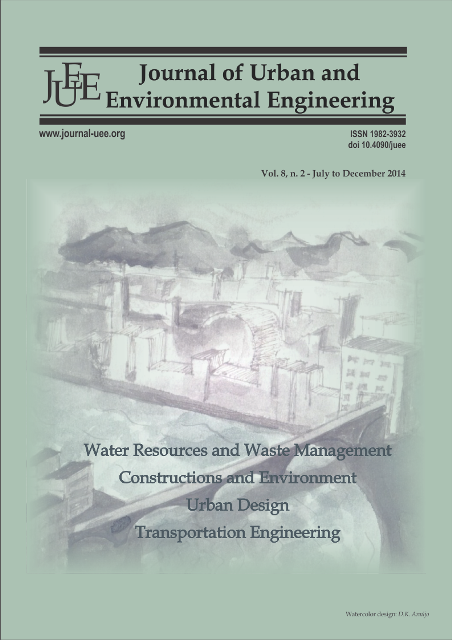SIMULATION OF HEAT TRANSFER FROM CANOPY SURFACES USING LOW-REYNOLDS NUMBER K-ε MODEL
DOI:
https://doi.org/10.4090/juee.2014.v8n2.186-191Keywords:
Convective Heat Transfer Coefficient (CHTC), CFD, low-Reynolds-number k-ε model, urban canopy surfaces.Abstract
This study focuses on the Convective Heat Transfer Coefficient (CHTC) from urban building surfaces by numerical simulation. The heat transfer effects because of various geometrical and physical properties of urban areas exhibits a differential heating and uncomfortable environment compared to rural regions called as Urban Heat Island (UHI) phenomena. Investigation of Convective heat transfer coefficient becomes more important in the study of urban heat island phenomena. Experimental simulation of urban area with various urban canopy cases in thermally stratified wind tunnel is employed for the heat transfer kind of investigations in urban area. But, it is not an easy task in wind tunnel experiments to evaluate local CHTC, which vary on individual canyon surfaces transfer such as building roof, walls and ground. Numerical simulation validated by wind tunnel experiments can be an alternative for the prediction of CHTC from building surfaces in an urban area. In our study, Water evaporation technique used in wind tunnel experiment for the evaluation of convective heat transfer coefficient and naphthalene sublimation technique conducted by other researchers are used to validate the low-Reynolds-number k-ε model which was used for the evaluation of CHTC from surfaces. The calculated CFD results showed good agreement with both water evaporation technique and naphthalene sublimation experimental results. It is found that the low-Reynolds-number k-ε model is reliable for the investigations pertaining to heat transfer from urban canopy.Downloads
Download data is not yet available.
Downloads
Published
2015-09-20
Issue
Section
Articles




